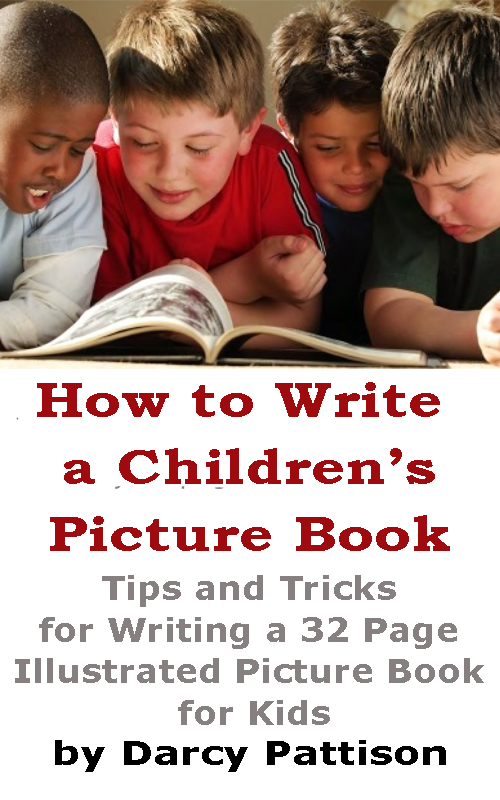Yesterday, today and tomorrow, we are focusing on point of view in your story or novel. Your writing tasks for the next 2 days for your “750 words each day in January” is to practice POV.
Today, we’ll focus on 1st person point of view.
1st person POV
 When the camera resides inside one character’s head and we hear that character speaking it is 1st person: the pronouns used are I, me, my. This POV is great for character novels where the inner life, the emotions, the personality are up front and center.
When the camera resides inside one character’s head and we hear that character speaking it is 1st person: the pronouns used are I, me, my. This POV is great for character novels where the inner life, the emotions, the personality are up front and center.
Coach scribbled something on his clipboard and I leaned over to see that he was scratching out Jimmy’s name and writing Dave instead. No! He couldn’t sub in Dave, he was lousy at passing. I glanced up at the stands, where Jimmy’s mom waved around a huge video camera. Where she had borrowed it, who knows? She just said, it was Jimmy’s big game, his big break, she had to get it on film. I rubbed my temple. Headache still nagging. That red pill Jimmy gave me, would it help? Or would it send me loopy?
Remember: Generally, you must stay in ONE POV choice at a time, not switch. You’ll probably find exceptions to the rule, but it’s a good rule for most situations. If you want to switch within a story, you would switch when you start a new chapter.
Go! Think Like a Writer in first person POV.
 | |
NEW EBOOK
Available on
|
For more info, see
writeapicturebook.com

For the recent discussion on focal length of your scene, I accidentally confused a reader. I wrote:
A scan is a way to show a crowd scene economically, yet in an interesting way. It involves a series of small zooms: the quarterback’s mother is taping the game with a new video camera that she borrowed money to buy; the coach’s pencil is hovering over two names, trying to decide if he’ll start the injured quarterback or his backup; the head cheerleader is trying to shake off a headache and wondering if that red pill the quarterback gave her would help or not. In a short paragraph, you get the complexities of the crowd!
READER wrote in to ask about point of view, or POV. When we dip into each person’s head this way, it is omniscient POV. Of course, you can do scans in any point of view, so that’s not the problem. Instead, READER wanted a clearer explanation of POV.
So, your writing tasks for the next 3 days for your 750 words is to practice POV. I’ll explain them here and then ask you to take a day for each POV. Even if you know this, it’s still good to go back and practice Thinking Like a Writer.
When you think about POV, you could ask a simple question: where is the camera?
Omniscient POV.
 For the omniscient POV, the camera is overhead, looking at things from an overall perspective and it’s an all-knowing camera. It knows what every character is thinking and can dip in and out of any perspective at any point. The SCAN that I wrote above is omniscient.
For the omniscient POV, the camera is overhead, looking at things from an overall perspective and it’s an all-knowing camera. It knows what every character is thinking and can dip in and out of any perspective at any point. The SCAN that I wrote above is omniscient.
1st person POV
When the camera resides inside one character’s head and we hear that character speaking it is 1st person: the pronouns used are I, me, my. This POV is great for character novels where the inner life, the emotions, the personality are up front and center.
Coach scribbled something on his clipboard and I leaned over to see that he was scratching out Jimmy’s name and writing Dave instead. No! He couldn’t sub in Dave, he was lousy at passing. I glanced up at the stands, where Jimmy’s mom waved around a huge video camera. Where she had borrowed it, who knows? She just said, it was Jimmy’s big game, his big break, she had to get it on film. I rubbed my temple. Headache still nagging. That red pill Jimmy gave me, would it help? Or would it send me loopy?
3rd person POV
A 3rd person POV pulls back from the position inside the character’s head to be right beside the character. You see what s/he sees, hear what s/he sees, know the thoughts of the character. But the pronouns are he or she.
Coach scribbled something on his clipboard and she leaned over to see that he was scratching out Jimmy’s name and writing Dave instead. No! He couldn’t sub in Dave, he was lousy at passing. Mary glanced up at the stands, where Jimmy’s mom waved around a video camera. Where had she borrowed it, Mary had no idea. His mom just said, it was Jimmy’s big game, his big break and she had to get it on film. Mary rubbed her temple, the headache still nagging. She wondered about the red pill Jimmy had given her, would it help ease the headache? Or would it make her loopy.
The differences are subtle, but important between 3rd and 1st. 3rd person POV is t
 When the camera resides inside one character’s head and we hear that character speaking it is 1st person: the pronouns used are I, me, my. This POV is great for character novels where the inner life, the emotions, the personality are up front and center.
When the camera resides inside one character’s head and we hear that character speaking it is 1st person: the pronouns used are I, me, my. This POV is great for character novels where the inner life, the emotions, the personality are up front and center. 





